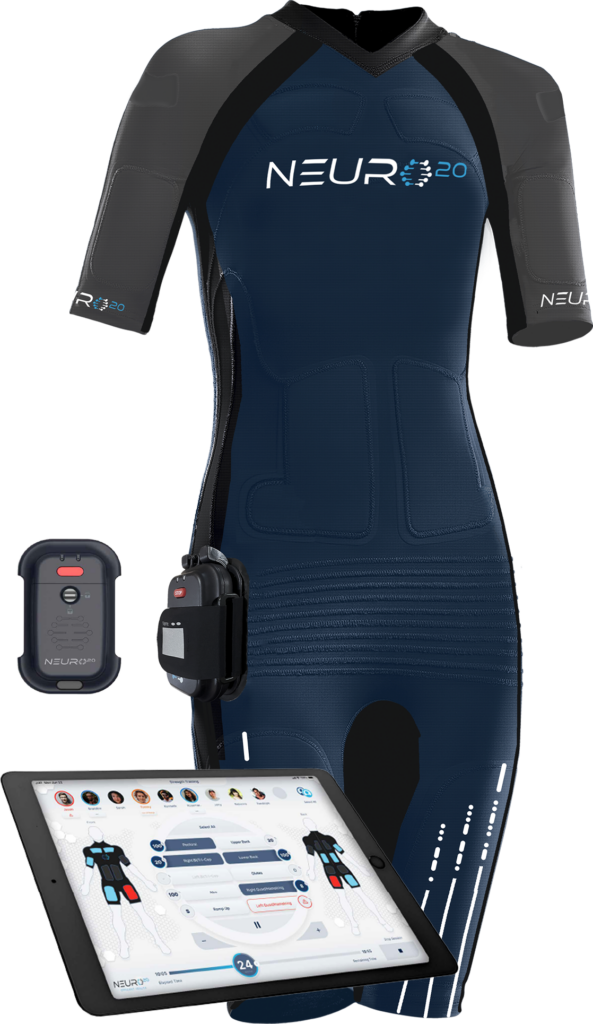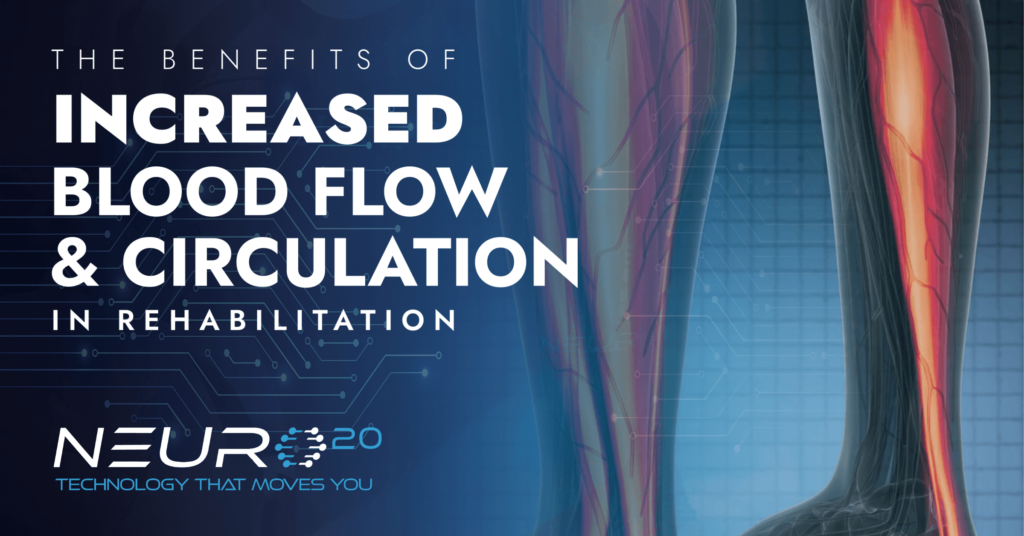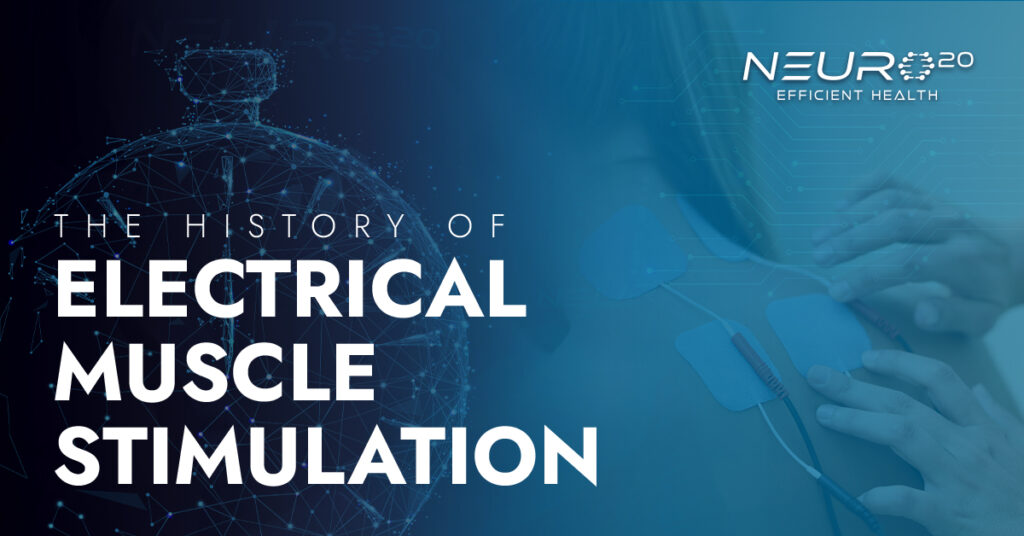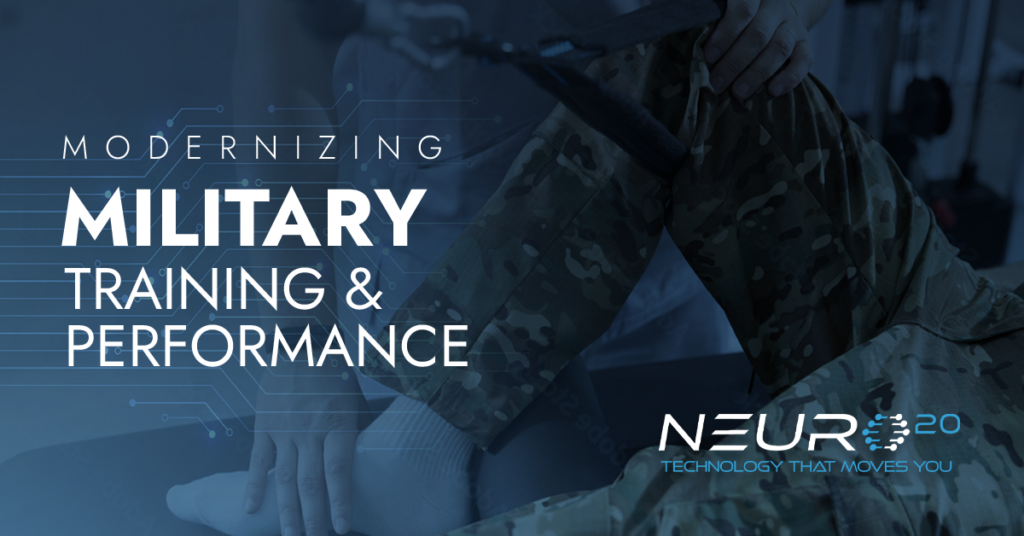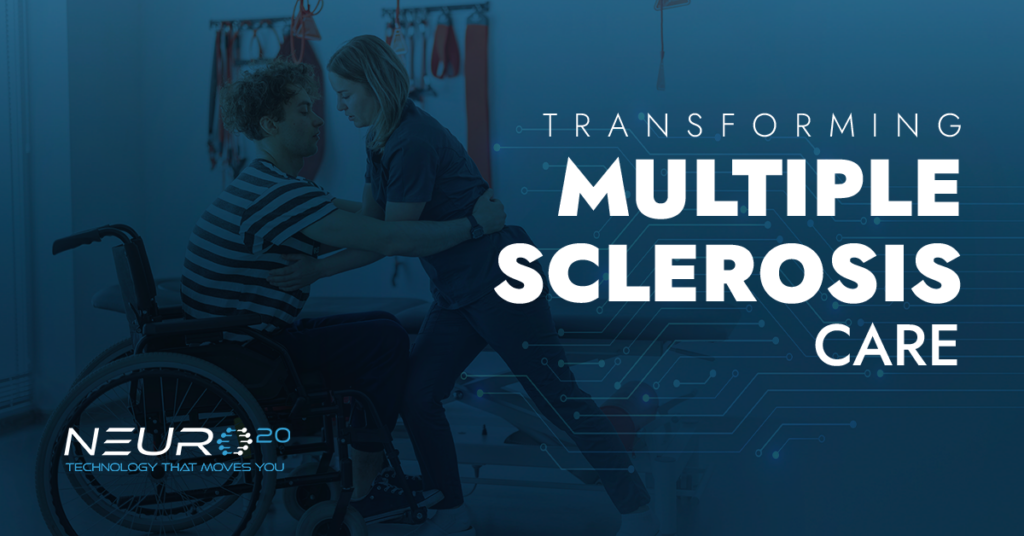When it comes to rehabilitating a patient recovering from a surgery or injury, few factors are as critical as enhancing blood flow and circulation. These physiological processes are essential components of the body’s natural healing mechanisms, and optimizing them can significantly contribute to a swifter and more efficient recovery. One method that has garnered attention for increasing blood flow and circulation during rehabilitation is the introduction of electrical muscle stimulation (EMS), which utilizes electrical impulses to stimulate muscle contractions.
In this blog post, we will explore the multifaceted benefits of improved blood flow and circulation in the context of rehabilitation and highlight the pivotal role that EMS can play in achieving positive patient outcomes.
The Importance of Blood Flow and Circulation in Healing

Nutrient Delivery
Blood is the body's transport system, ferrying vital nutrients such as glucose, amino acids, and vitamins to the injured tissues. These nutrients serve as the building blocks necessary for cellular repair and regeneration.
Oxygen Supply
Oxygen is an absolute necessity for cellular respiration and energy production. Enhanced blood flow ensures an abundant supply of oxygen to the injured area, thereby facilitating tissue repair and restoration.
Waste Removal
Effective circulation aids in the removal of metabolic waste products, including lactic acid and carbon dioxide, which tend to accumulate during the healing process. Efficient waste elimination can help mitigate inflammation and alleviate pain.
Swelling Management
Proper circulation assists in managing swelling by effectively transporting excess fluids away from the injured region. This not only reduces discomfort but also fosters a speedier recovery.
How Electrical Muscle Stimulation (EMS) Supports Blood Flow and Circulation
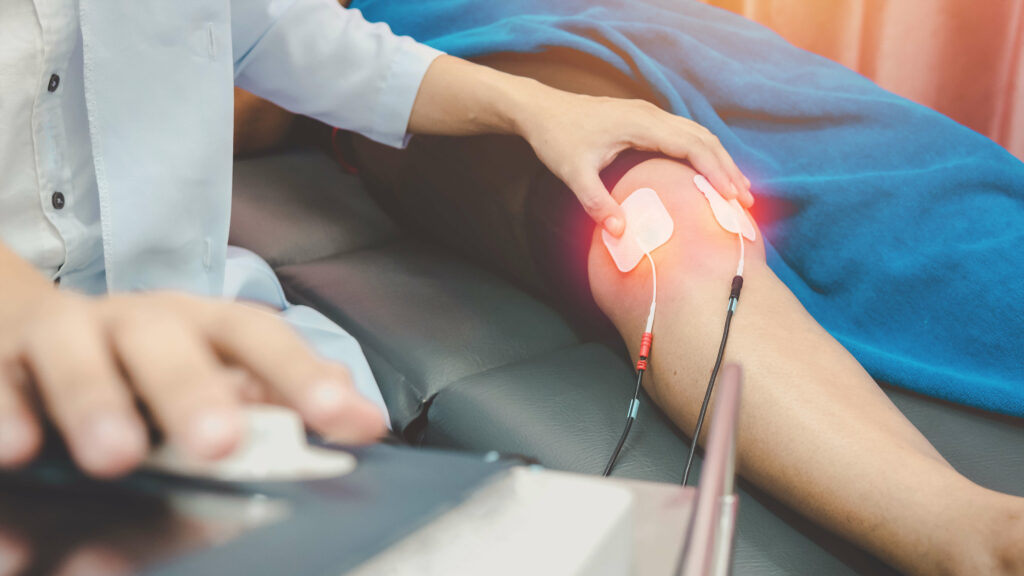
Muscle Contractions
EMS induces involuntary muscle contractions which increases interstitial fluid pressure and compresses the blood vessels within the active muscle. As a result, blood flow is highest when muscles relax between successive muscle contractions.
Muscle Pump Effect
The rhythmic contraction and relaxation of muscles prompted by EMS create a "pumping" action. This facilitates the efficient movement of blood through veins and arteries, thereby enhancing overall circulation.
Targeted Therapy
EMS can be precisely applied to the injured or affected area, directing increased blood flow precisely where it's needed most. This targeted approach expedites the healing process by providing optimal support to the injured tissues.
The Neuro20 PRO System: A Whole-Body EMS Solution for Increased Blood Flow and Circulation
- Customizable Programming: The Neuro20 PRO System offers an extensive array of customizable EMS programs, tailored to accommodate various injury types and recovery needs. Practitioners can fine-tune the intensity and duration of each session, allowing for a personalized and adaptable approach to achieving increased blood flow.
- Amplified Blood Flow: The Neuro20 PRO System is engineered to precisely target muscle groups with electrical impulses, eliciting controlled muscle contractions. These contractions, in turn, create a dynamic environment that significantly amplifies blood flow and circulation to the injured areas.
- Focused Healing: EMS is applied directly to the injured or affected regions, providing a specialized approach to improving blood circulation. This localized treatment concentrates the healing effects precisely where they are needed, enhancing recovery outcomes.
